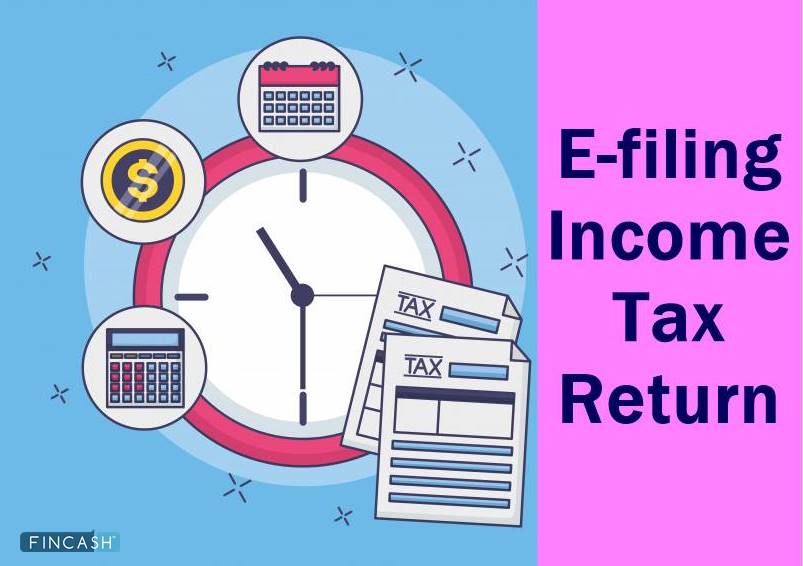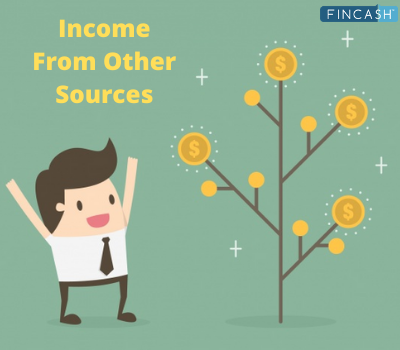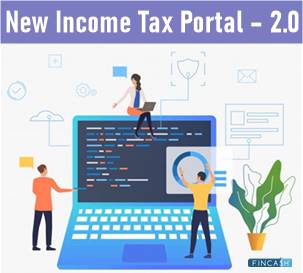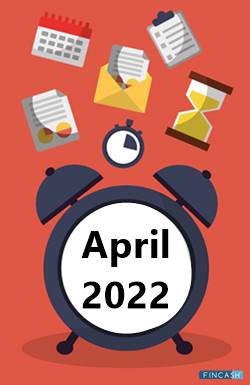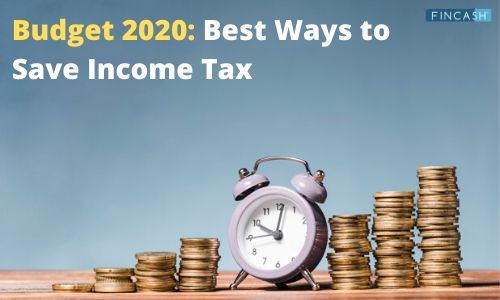Income Tax Slabs FY 2024 - 25: New Tax Regime Vs Old Tax Regime
In India, the income tax is levied on individuals according to a slab system, wherein distinct tax rates are allocated to various Income brackets. As an individual's income escalates, the corresponding tax rates also rise. This approach to taxation facilitates a just and progressive tax regime within the nation.
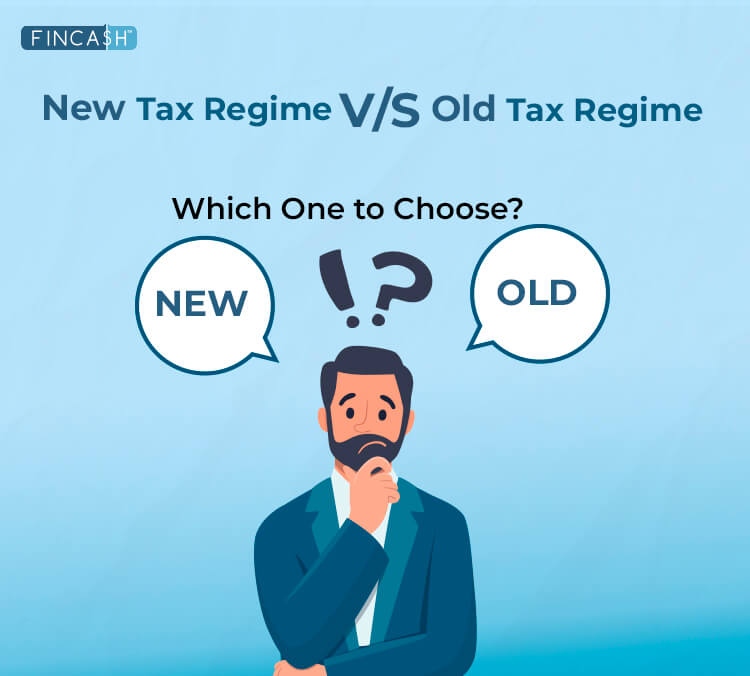
The income tax slabs undergo periodic revisions, often occurring during each budget cycle. These slab rates differ among various categories of taxpayers.
What is Section 115BAC?
Section 115BAC, introduced in the Budget 2020, offers individuals and Hindu Undivided Families (HUFs) an alternative tax regime with reduced tax rates and fewer deductions/exemptions. This new tax regime, effective from FY 2020-21 (AY 2021-22), allows taxpayers to pay income tax at lower rates. It aims to simplify the tax structure and reduce the compliance burden for taxpayers by streamlining the tax process and Offering concessional tax rates.
Income Tax Slab Rates for Old Regime and New Regime
The income tax slabs vary between the old and new tax regimes. The ones under the old tax regime are categorised into three groups:
- Individuals aged under 60 years who are Indian residents and all non-residents
- Senior citizens aged between 60 and 80 years who are resident in India
- Super senior citizens aged over 80 years who are resident in India
The table helps you differentiate between the old regime and the new regime:
Talk to our investment specialist
Old Regime of Income Tax
| Slabs | Individuals (Age <60 years) | Resident Senior Citizens (>60 but <80 years) | Resident Super Senior Citizens (80 years and above) |
|---|---|---|---|
| Up to ₹2,50,000 | Nil | Nil | Nil |
| ₹2,50,001 to ₹3,00,000 | 5% | Nil | Nil |
| ₹3,00,001 to ₹5,00,000 | 5% | 5% | Nil |
| ₹5,00,001 to ₹10,00,000 | 20% | 20% | 20% |
| Above ₹10,00,000 | 30% | 30% | 30% |
New Regime of Income Tax
| Slabs | Income Tax Rates |
|---|---|
| Up to ₹3,00,000 | Nil |
| ₹3,00,001 to ₹6,00,000 | 5% (Tax Rebate under section 87A) |
| ₹6,00,001 to ₹9,00,000 | 10% (Tax rebate under section 87A up to ₹7 lakhs) |
| ₹9,00,001 to ₹12,00,000 | 15% |
| ₹12,00,001 to ₹15,00,000 | 20% |
| Above ₹15,00,000 | 30% |
Under the Old Regime, a tax rebate of up to ₹12,500 is applicable if the total income does not exceed ₹5,00,000 (this rebate is not applicable for NRIs). The income tax exemption limits are as follows:
- Up to ₹2,50,000 for Individuals, HUFs below 60 years of age, and NRIs.
- Up to ₹3,00,000 for senior citizens aged above 60 years but less than 80 years.
- Up to ₹5,00,000 for super senior citizens aged above 80 years.
Additionally, surcharge and cess will be applicable over and above the tax rates.
In contrast, under the New Tax Regime, a rebate of up to ₹25,000 is applicable if the total income does not exceed ₹7,00,000 (this rebate is not applicable for NRIs). If the total income exceeds ₹7,00,000, a tax rebate equivalent to the amount of tax payable is provided (also not applicable for NRIs). The income tax exemption limit under the new regime is up to ₹3,00,000 for Individuals and HUFs. Again, surcharge and cess will be applicable over and above the tax rates.
Comparing Tax Rates of New Tax Regime and Old Tax Regime
Let's compare both the tax regimes and understand tax rates under them:
Deductions and Exemptions Under the New Tax Regime
In contrast to the old tax regime, the new income tax slab system offers fewer exemptions and deductions. However, some deductions permitted under the new regime include:
- Transport allowances for differently-abled individuals
- Travelling allowance for employment transfers
- Contributions to the National Pension Scheme under Section 80 CCD (1) and Section 80 CCD (2)
- Deductions for new employees under Section 80 JJAA
- Other deductions under Section 32 of the Income Tax Act
- Gratuity Amount under Section 10(10)
- Gifts up to ₹5000
- Employer's contribution to employee's EPS account
- Conveyance allowance
- Additional employee costs under Section 80 JJA
- Voluntary retirement exemption under Section 10(10C)
What Are the Changes in Filing Income Tax Returns From FY2022-2023 to FY 2023-24?
The major procedural changes in filing Income Tax Returns from FY 2022-23 to FY 2023-24 are as follows:
For FY 2022-23
- The Default regime was the old tax regime
- If taxpayers want to opt for the new tax regime, they must submit Form 10-IE
- After the due date, filing under the old regime was mandatory
For FY 2023-24
- The default regime was changed to the new tax regime
- Taxpayers desiring to file returns under the old tax regime, claiming all deductions, exemptions, and losses, must do so within the due date
- After the due date, filing under the new regime becomes mandatory, necessitating the relinquishment of most deductions, exemptions, and all losses
Old Tax Regime vs New Tax Regime? Which One Should You Choose?
The better option depends on various factors and individual circumstances when comparing the Old tax regime to the new tax regime.
New Tax Regime Benefits
Those with a Taxable Income of up to ₹15 lakhs can largely benefit from the new tax regime
Low-income earners who make minimal investments may find the new regime advantageous. With six lower-income tax slabs, individuals paying Taxes without claiming deductions can benefit from lower tax rates
Taxpayers with total income before deductions up to ₹12 lakhs may have higher Tax Liability under the old system if their investments are less than ₹3,12,500. Hence, those Investing less in tax-saving schemes may find the new regime more favourable
Old Tax Regime Advantages
High-income earners and individuals with comprehensive Financial plan for wealth creation through investments in tax-saving instruments, medical claims, Life Insurance, education loan EMIs, home loans, etc., may find the old regime beneficial
The old regime offers higher tax deductions and lower tax outgo for those utilising various tax-saving avenues
When Can You Choose the Old or New Tax Regime?
You have the option to choose between the old and new tax regimes based on the nature of your income:
Income from Salary or Other Heads Attracting TDS
Employees can choose the tax regime and inform their employer at the beginning of the financial year. By default, the new tax regime will be applied. The choice made at the start of the year remains fixed throughout the year and cannot be altered. However, you can modify your options when filing your Income Tax Return.
Income from Business and Profession
If you have income from a business or profession, you can select between the tax regimes only once in your lifetime. Once the choice is made, it remains unchanged for future assessment years.
Key Points to Note When Selecting the New Tax Regime
If you are choosing the new tax regime, here are some things you should keep in mind:
Uniform Tax Rates: The tax rates in the new tax regime are the same for all categories
Tax Rebate under Section 87A: Individuals with net taxable income up to ₹7 lakhs are eligible for a tax rebate under Section 87A, resulting in a NIL tax liability under the new regime
Conclusion
The comparison between the old and new tax regimes highlights the importance of considering individual financial circumstances and tax-saving strategies. The new regime offers simplicity and potentially lower tax liability for those with lower incomes and minimal tax-saving investments. On the other hand, higher-income individuals who utilise tax-saving instruments may find the old regime more beneficial due to its higher deductions. Ultimately, the choice between the two regimes depends on each taxpayer's financial situation and Tax Planning goals.
All efforts have been made to ensure the information provided here is accurate. However, no guarantees are made regarding correctness of data. Please verify with scheme information document before making any investment.
